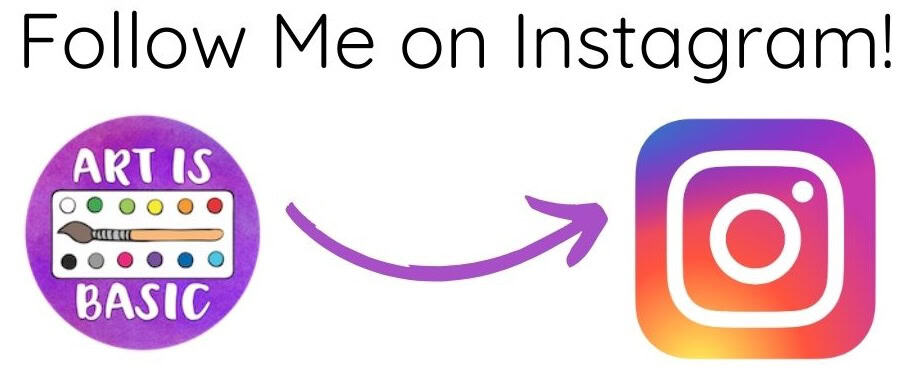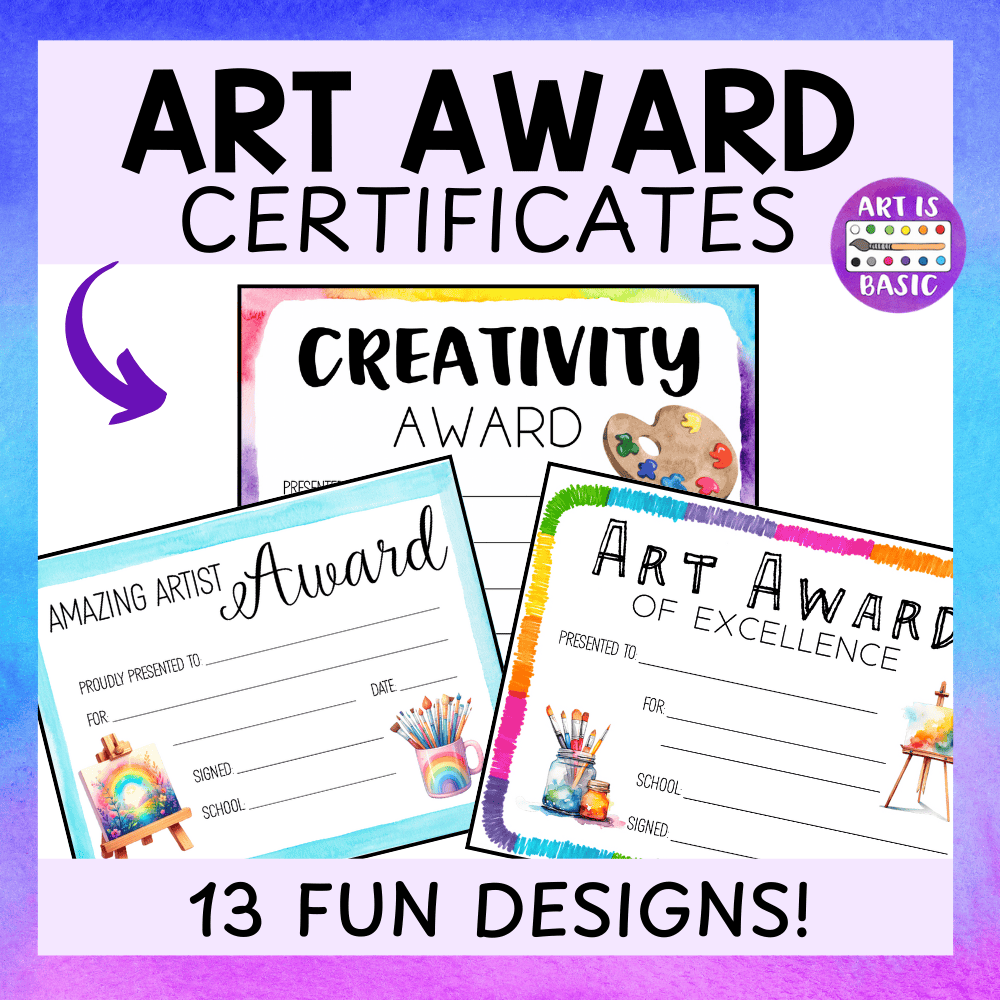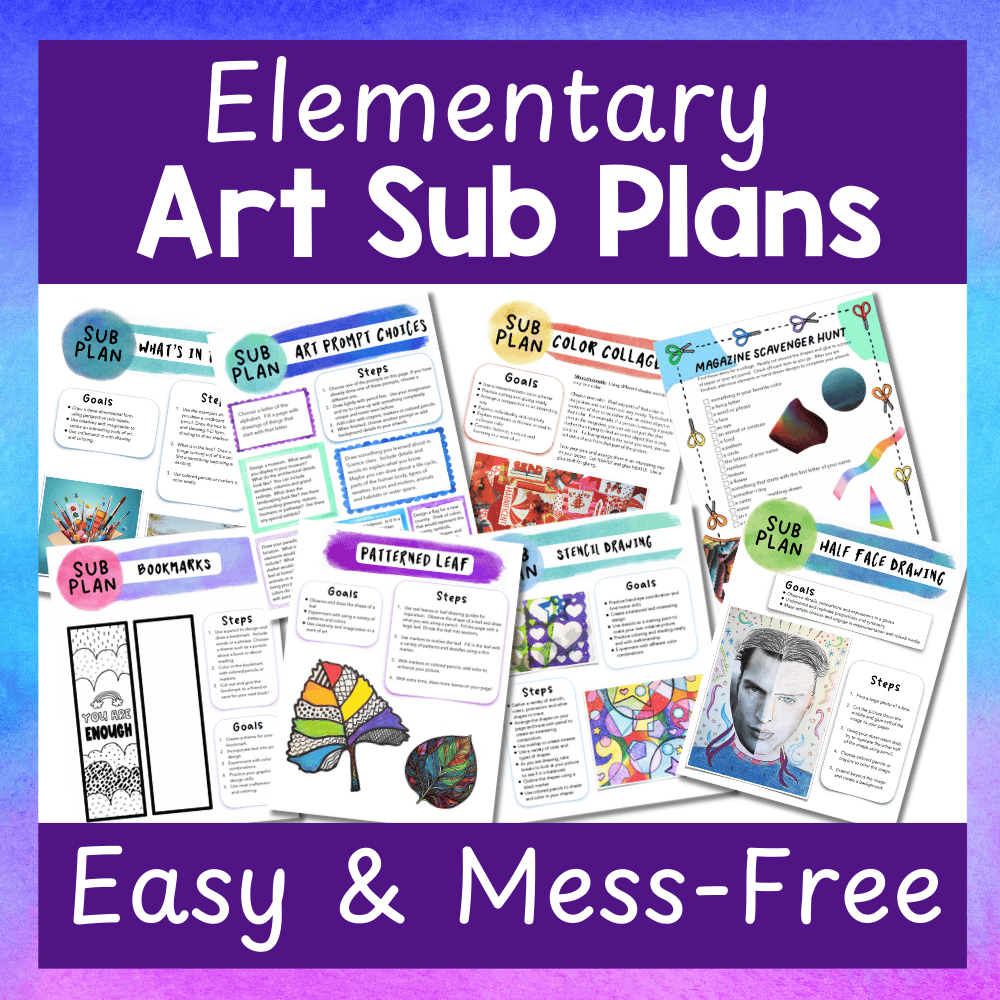
[cryout-pullquote align=”left|center|right” textalign=”left|center|right” width=”100%”]
How do you experience your brain?
What does your brain do for you?
How can you express the feelings of your brain?
[/cryout-pullquote]

The Brain and Art: a project for kids to imagine their brain
Students at our school connected with a scientific researcher to create diverse and artistic representations of their brains. I teach art at a school for gifted and talented children. Our students are highly interested and curious about science, so when I was contacted by Ayla Kruis to work with her on a project connecting the brain and art, I thought this would be a perfect opportunity for my students.

The Brain & Art
Our middle school art teacher was intrigued by the idea as well, so she coordinated a visit with her 7th and 8th grade students. It was especially interesting to see how students of different ages approached the same project.

Ayla Kruis, a research specialist from the Center for Investigating Healthy Minds (located here in Madison, WI) visited our school to inspire students in several classes (grades 3, 4, 7, and 8). Our students studied the brain functions in Science class, so they had prior knowledge of this subject. Ayla began her visit by asking the kids to share what they already knew about the brain.

Then, she gave a slide show presentation with an overview of how the brain works. She shared some amazing optical illusions to trick the brain. Ayla topped off her presentation by showing the children equipment from her lab. The students were thrilled when she placed an EEG (electro-encephalogram)-cap (a net of electrodes that is used for recording brain activity) on the head of one of their classmates.

After the presentation, Ayla asked the students to create a visual representation of how they imagine their brain. Students used a variety of materials including construction paper, oil pastels, paints, wire and markers to express their thoughts on the functions of their brain.

After completing their pictures, the students shared their artworks with each other and discussed what they were thinking when they created their brain project.

The colorful and expressive brain projects were then displayed in a gallery exhibit at the Madison Children’s Museum. The museum hosted a Twilight Art Night opening reception to celebrate the exhibition. A special brain collage activity provided a hands-on experience for those in attendance. A large box structure was set up and participants used collage and drawing to create a collaborative “brain box.”

Ayla earned her masters in cognitive neuroscience in Amsterdam and is currently working at the Center for Investigating Healthy Minds. Together with Elin Helander, who also graduated in cognitive neuroscience and currently works at the Karolinska Institute in Sweden, they co-founded Mind the Brain, and still collaborate on all the projects.
 The two brain researchers work to bring neuroscientific knowledge to people outside the academic community. They started by writing popular scientific articles and columns, all inspired by the brain and cognition. Through their collaboration, they began to feel a strong connection between art and science.
The two brain researchers work to bring neuroscientific knowledge to people outside the academic community. They started by writing popular scientific articles and columns, all inspired by the brain and cognition. Through their collaboration, they began to feel a strong connection between art and science.
 [cryout-pullquote align=”left|center|right” textalign=”left|center|right” width=”33%”]“We realized that the scientific and artistic process are very similar: they are both creative processes in which boundaries are explored, arising from inspiration, ending with innovation.[/cryout-pullquote] Both good art and science can only be conducted with an open and creative mind. As science can be a source of inspiration for artistic work, art can be a tool to explore science,” Ayla explained. “We expanded Mind the Brain by creating a Creative Meeting Point, where artists can show neuroscience-inspired art and scientists can show the beauty of their science, such as beautiful microscopic image of a brain-cell.” You can see some of the scientific artwork on the website www.mindthebrain.net.
[cryout-pullquote align=”left|center|right” textalign=”left|center|right” width=”33%”]“We realized that the scientific and artistic process are very similar: they are both creative processes in which boundaries are explored, arising from inspiration, ending with innovation.[/cryout-pullquote] Both good art and science can only be conducted with an open and creative mind. As science can be a source of inspiration for artistic work, art can be a tool to explore science,” Ayla explained. “We expanded Mind the Brain by creating a Creative Meeting Point, where artists can show neuroscience-inspired art and scientists can show the beauty of their science, such as beautiful microscopic image of a brain-cell.” You can see some of the scientific artwork on the website www.mindthebrain.net.
 Ayla and Elin decided to bring Mind the Brain and their ideas from the web to the “real world”, by organizing public events. Their most recent workshop was conducted at an elementary school in Stockholm and more workshops are planned for schools in Wisconsin. Depending on the age and prior knowledge of the children, Ayla and Elin talk about the brain, neuroscience in general, meditation and their work in the lab.
Ayla and Elin decided to bring Mind the Brain and their ideas from the web to the “real world”, by organizing public events. Their most recent workshop was conducted at an elementary school in Stockholm and more workshops are planned for schools in Wisconsin. Depending on the age and prior knowledge of the children, Ayla and Elin talk about the brain, neuroscience in general, meditation and their work in the lab.

[cryout-pullquote align=”left|center|right” textalign=”left|center|right” width=”33%”][/cryout-pullquote]“Our aim is to relate scientific knowledge about the brain as much as possible to the daily lives of the kids, and tell them about the relation between creativity and the brain, for instance what happens in the brain during a creative process, and how creative training of the brain can impact other cognitive functions,” Ayla said.

In the second part of their visits, they have a creative session focused on the question, “How do you experience your brain?” Ayla explained, “We ask the children what their own brain ‘feels like’, when they are for instance angry, sad, or happy, and ask them to think about the colors, shapes that are associated with that. Are there connections or layers involved? They use any materials available in the class.”

[cryout-pullquote align=”left|center|right” textalign=”left|center|right” width=”100%”]”This is something that can be done in every classroom, by anyone, with any teacher, and at home!”[/cryout-pullquote]
“In fact, we encourage everyone, of every age and background, irrespective of knowledge of the brain, to express her or his ideas about the brain.” On their website they have a “Brain Bank” to share how people around the world have pictured their brain.

[cryout-pullquote align=”left|center|right” textalign=”left|center|right” width=”100%”]Have you ever connected art to brain science in your classroom?
Share in the comments.[/cryout-pullquote]
Discover more from Art is Basic | Elementary Art Ideas
Subscribe to get the latest posts sent to your email.
























What an intriguing project and amazing post! I’m so impressed. I love the idea of integrating science and art. And the results you posted are terrific on many levels -some of them, for the message, and some just as pure composition.
I often talked to kids about how their brain works in conjunction with the creative process, to encourage them to try to use their brains in different ways, but since I’m certainly not a brain expert, I need to keep it simple. I know there has been debunking of the right brain/left brain stuff, but I still like using Betty Edwards, and having kids do upside down drawings, drawings with opposite hand, negative space drawings, blond contours, etc.
Right, I didn’t know a lot about the brain either, and it was excellent to have the brain researcher come in and talk about what she does. Another thing her group does is work on mindfulness/meditation with kids and adults to improve focus and well being. That would also be interesting to use in the class with this project.
I love this assignment. I want to do that. How do you recommend I start? perhaps with a video on the relationship between art and science and how the brain works?
That does sound like a good idea. If you find a nice video let me know!